The last alder and apple leaves are stubbornly hanging on. My artichokes, which are traditionally propagated in the spring, refuse to stop growing – so we have dug, separated and replanted the suckers. Given a few more warm weeks, they will root out and be ready for a flying start when spring does come.
Our last swallow fledglings were still in their nests pleading to be fed into late September. It is hard to imagine them crossing the Sahara at such a tender age. We saw a few adults swooping for insects over the reservoirs into October; I gather some are now choosing to overwinter in the UK, although since I also read that they can eat 700 flying insects a day, I wouldn’t bet on their chances of surviving.
Over the next two months, next year’s cropping will be planned, fields allocated, and seeds and plants ordered. But what are we planning for? The problem for farmers, like swallows, is not knowing what to expect in a changing world where routines, built on experience accumulated over generations, no longer line up with reality. One might reasonably assume that warm autumns like this would allow crops to be planted later, but over the last 20 years we have actually brought the last date for planting leeks and lettuces forward by seven to ten days.
Indeed, the pattern for most growers has been to reduce the risks associated with exposure to extreme weather by retreating from the shoulders (start and end) of the season.

Another trend driven by risk aversion has been to bring crops indoors. When I started 33 years ago, most strawberries and raspberries were grown outside; today 95 per cent are grown under plastic tunnels. I anticipate the same trend for other crops.
It is hard to distinguish freak weather from climate change. 2020 has been a good growing year, and we expect to finish well ahead of budget; arguably the result of skill and economic prudence, along with some luck. But when we factor in CO2, economic prudence looks more like environmental madness.
Our commitment to get to net zero carbon demands that we reduce the 40 per cent of our greenhouse gas emissions that come from trucking and shipping produce (we have never been environmentally insane enough to airfreight), whether from other growers in the UK or our friends in Spain. Getting to net zero requires us to grow more locally; to stretch our seasons back into the shoulders, probably use more polytunnels, and accept more risk.

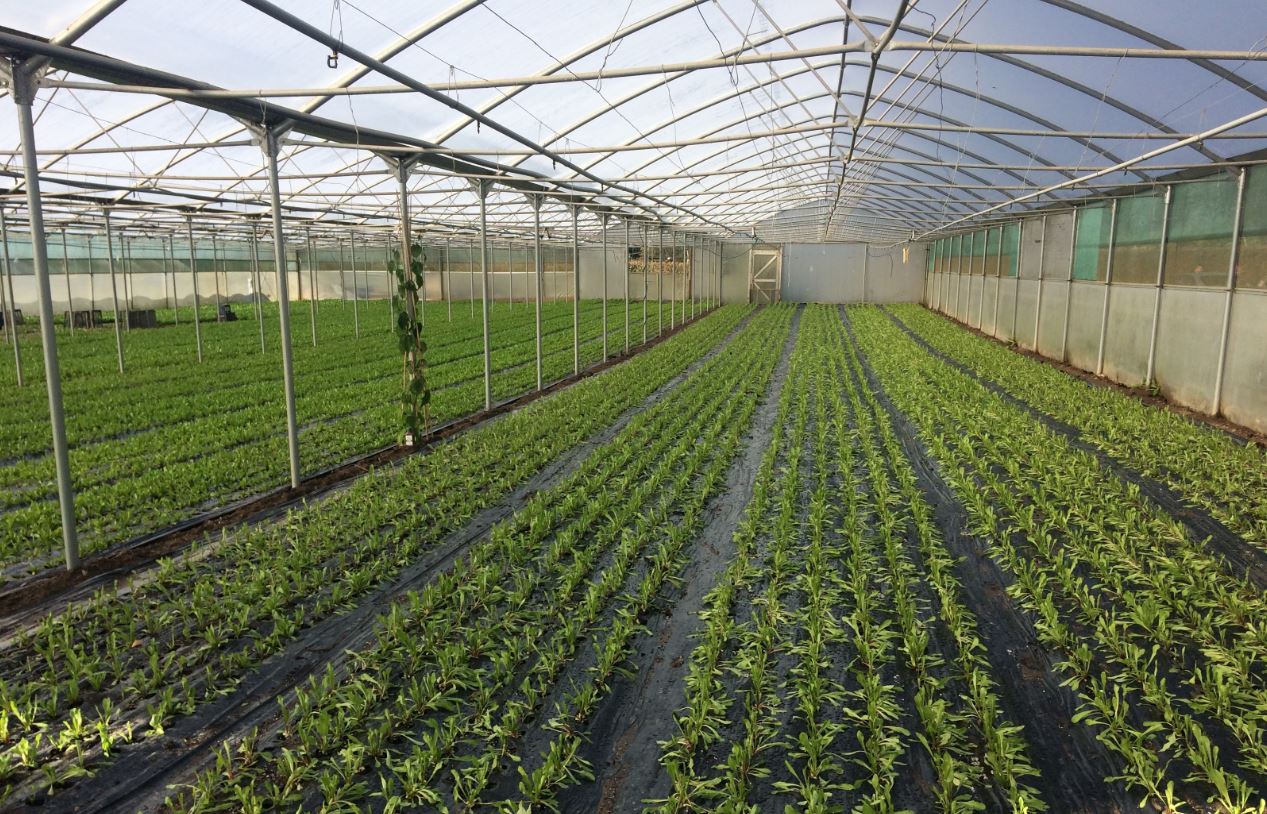
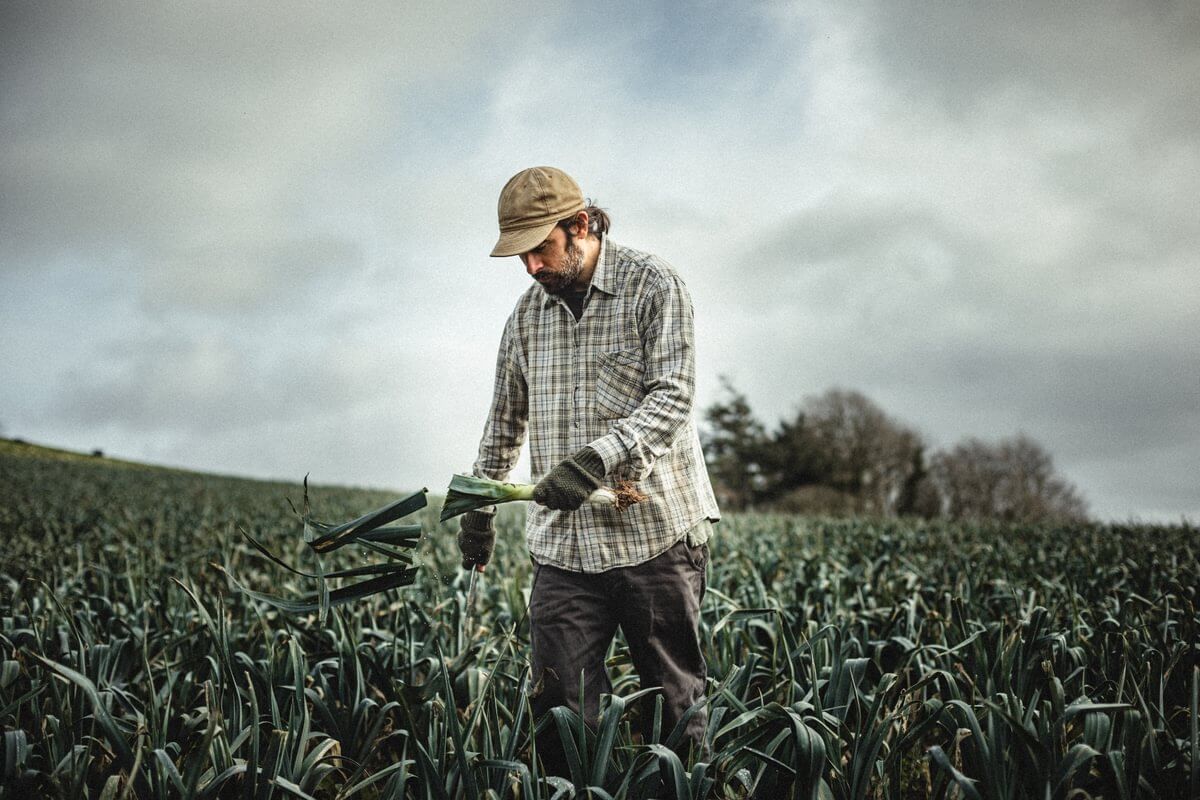
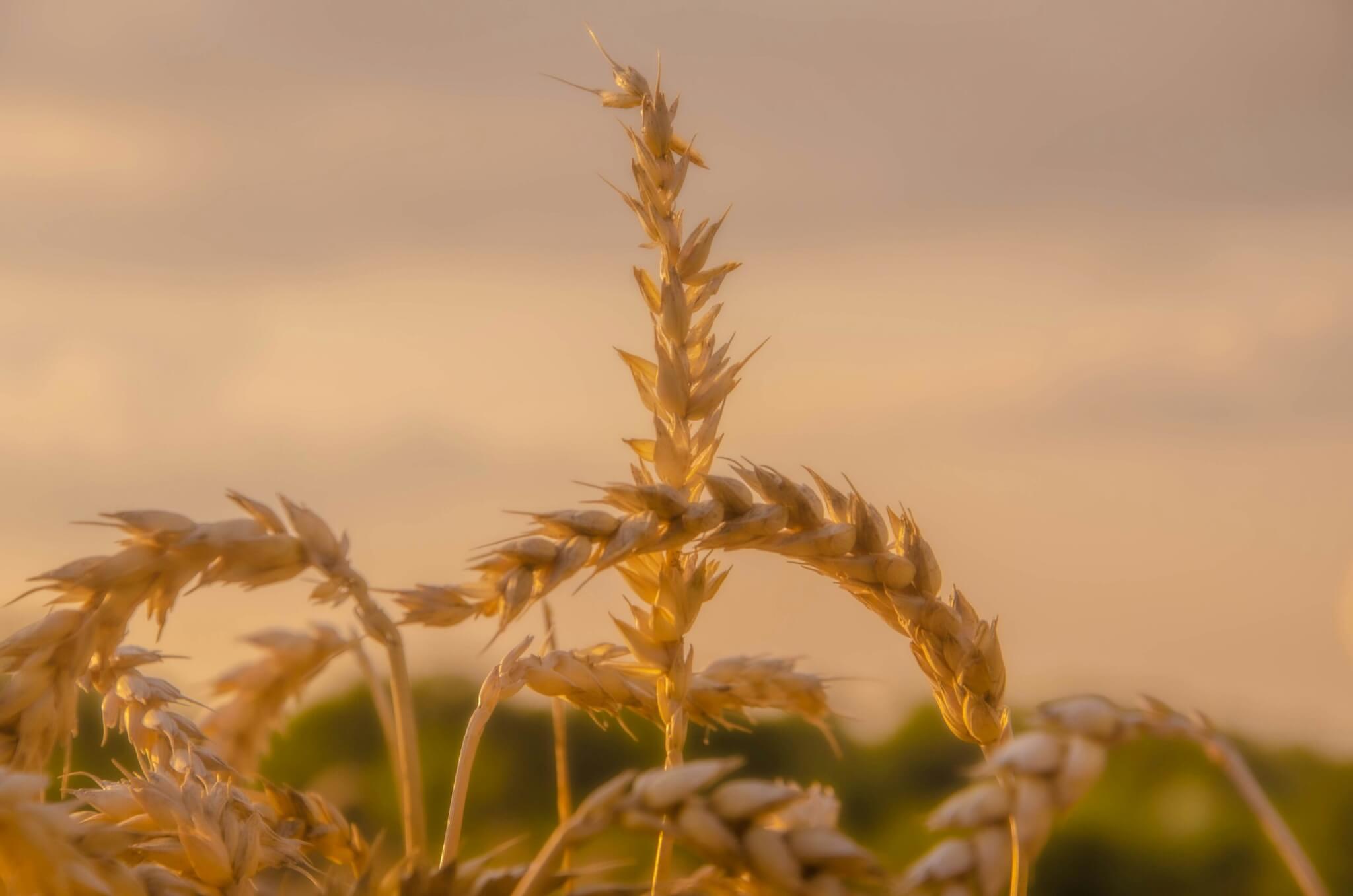
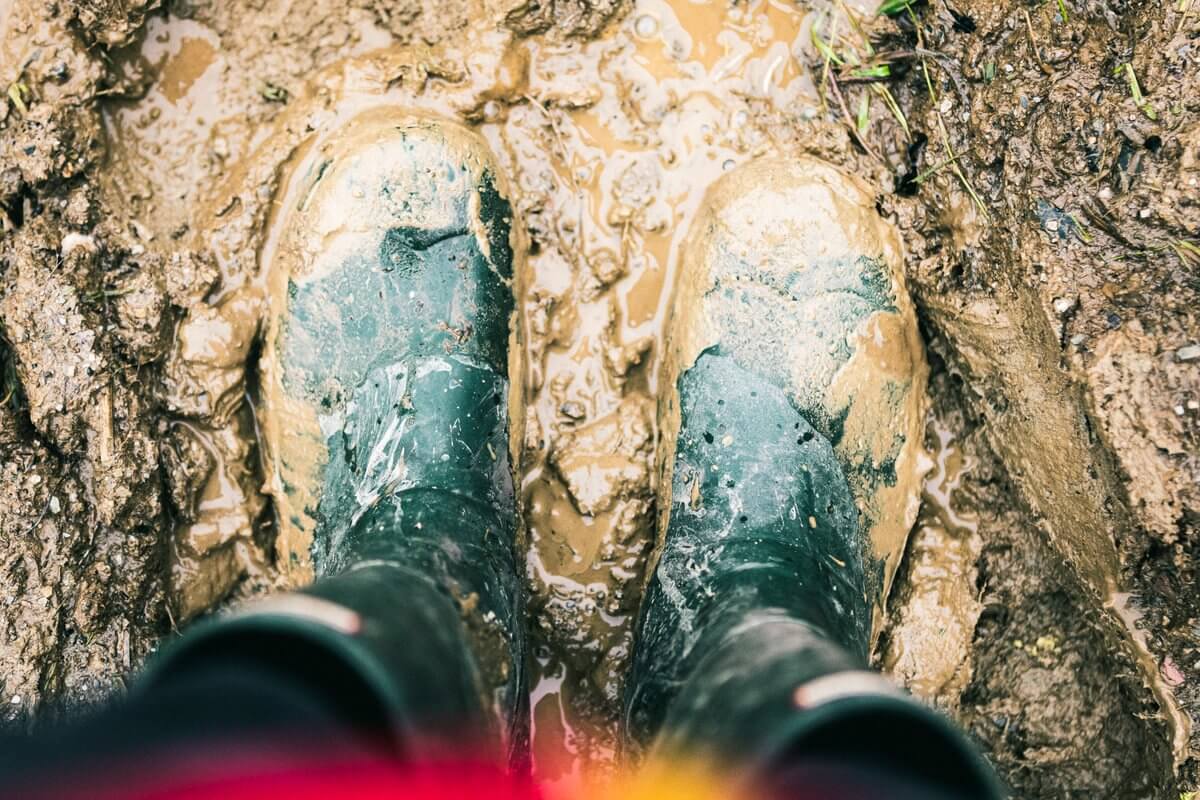
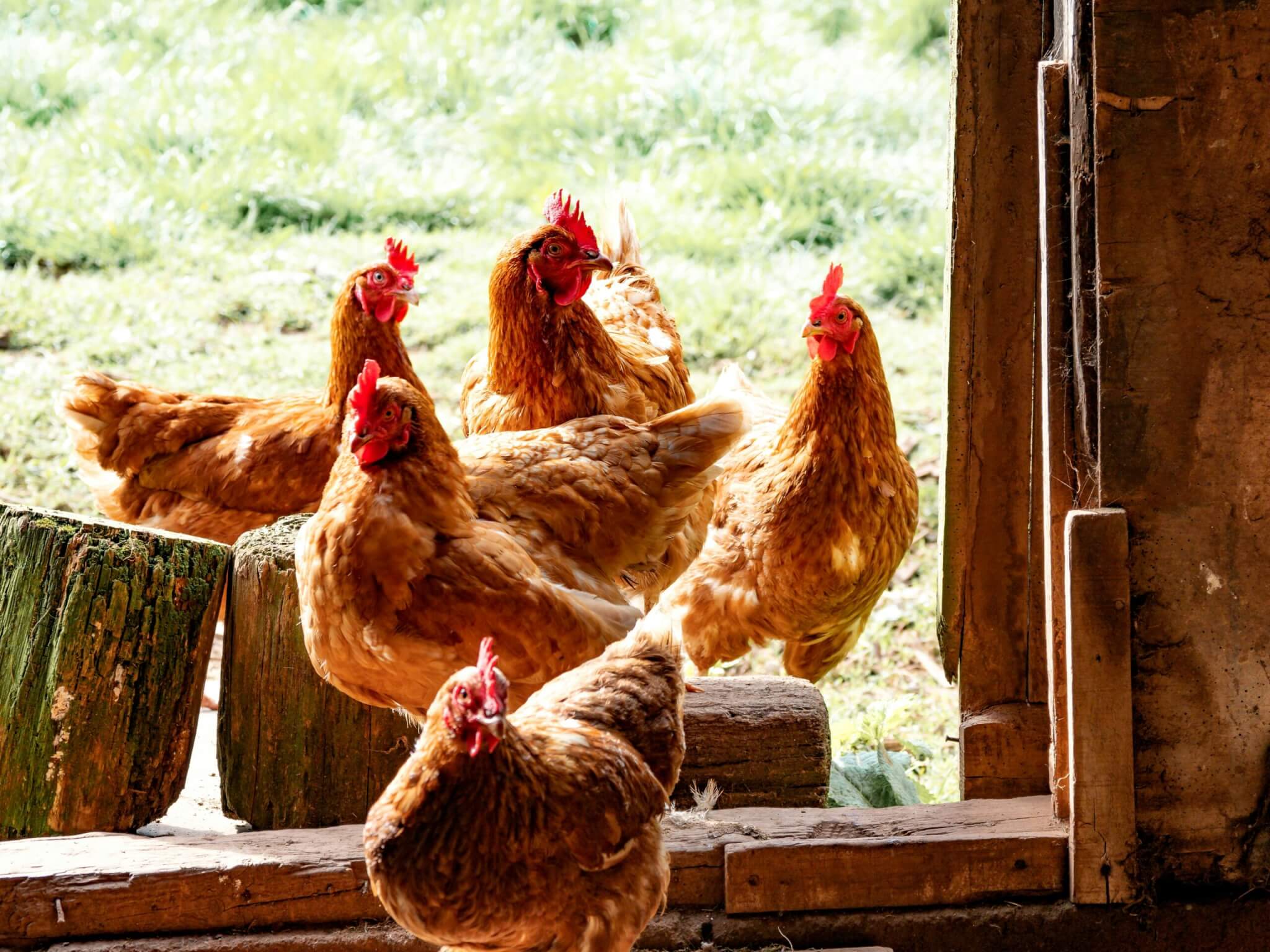
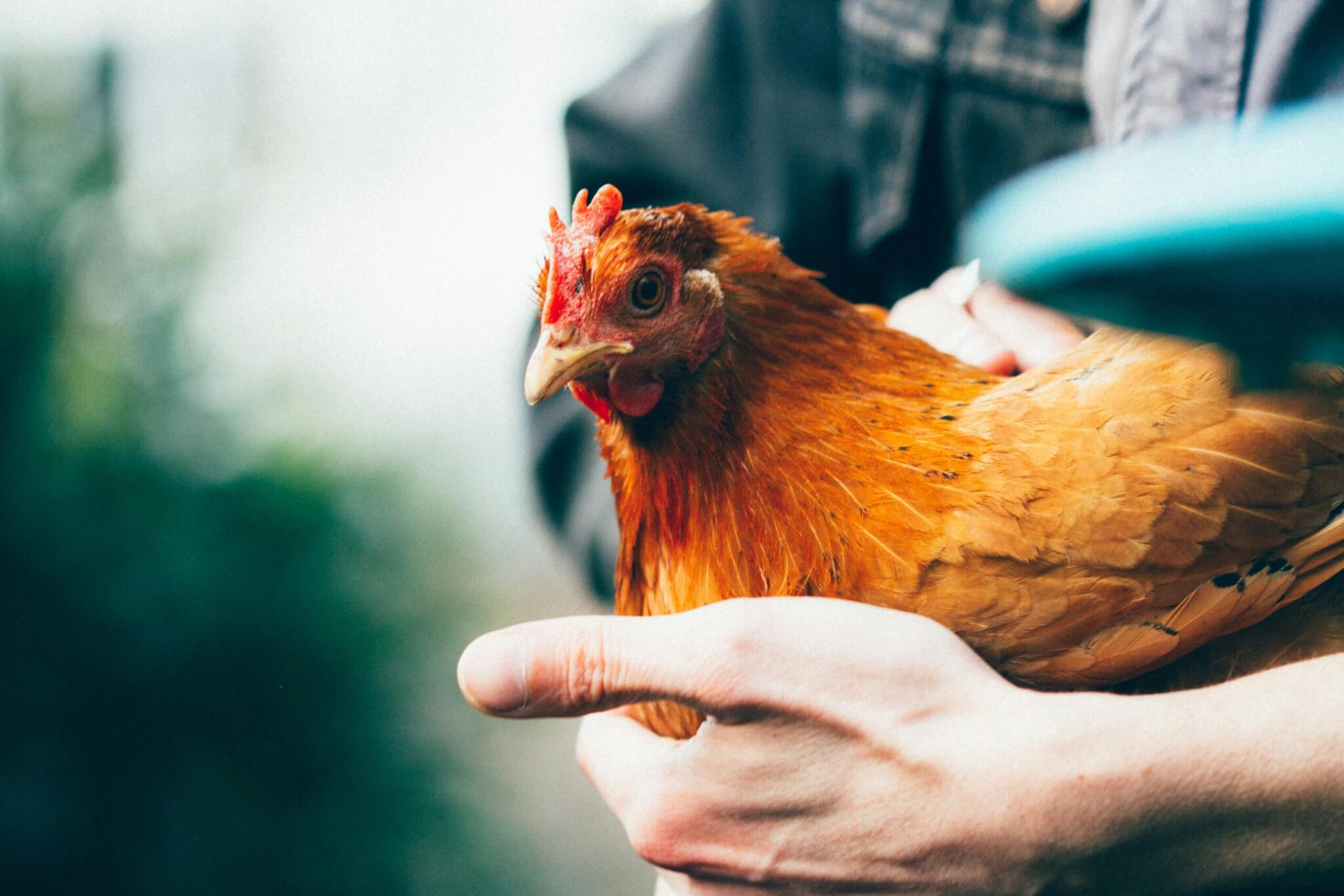
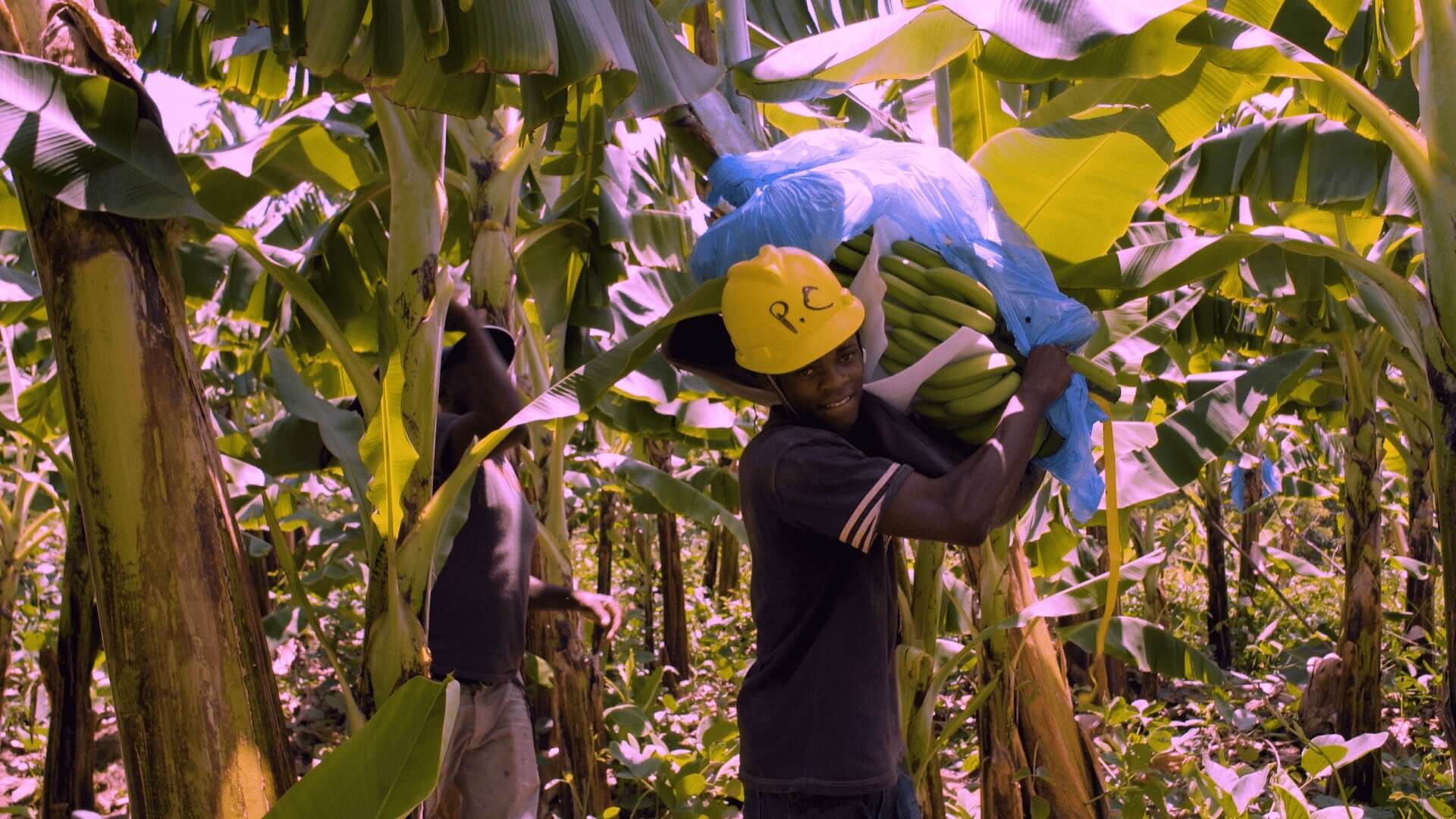
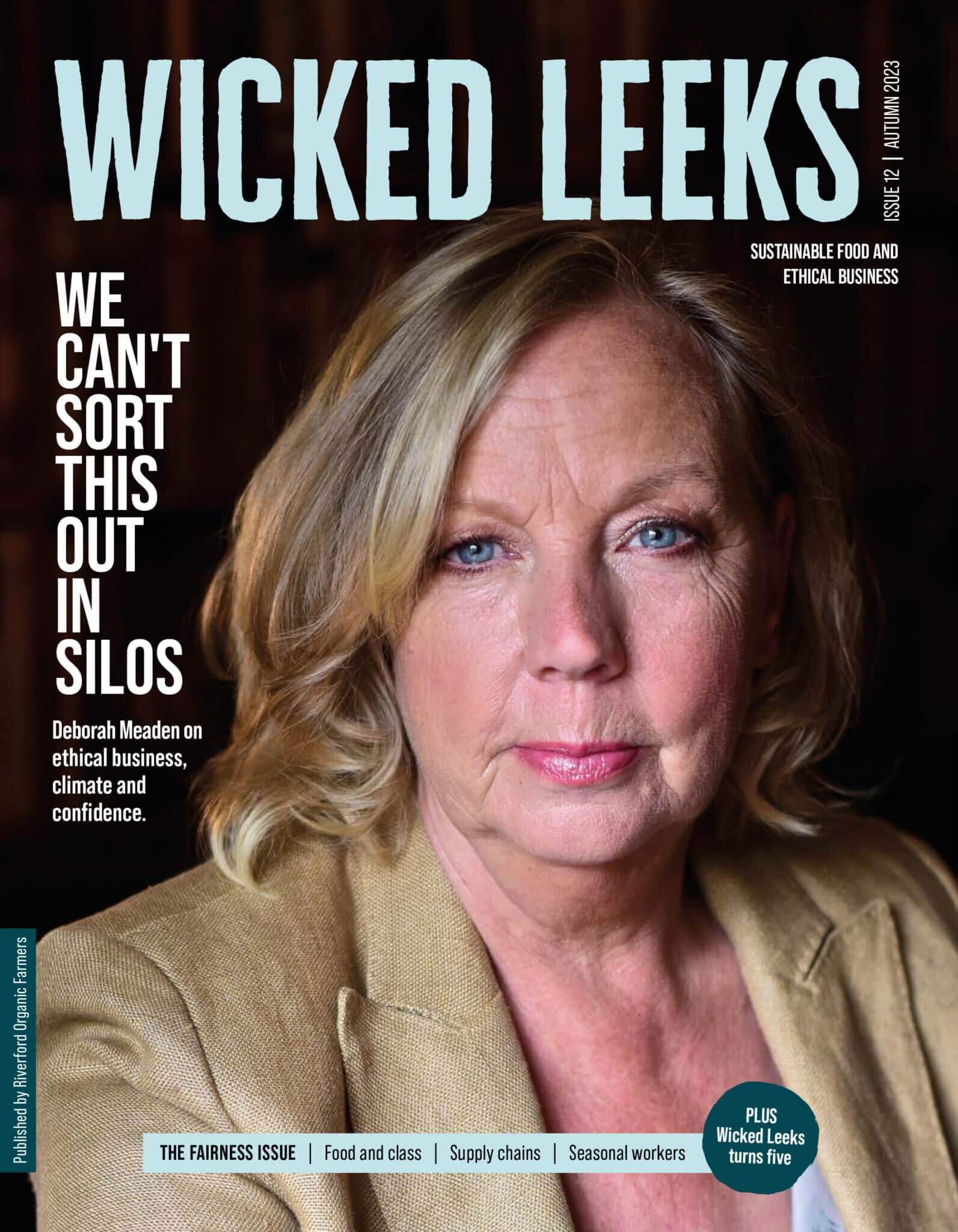
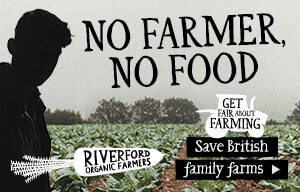
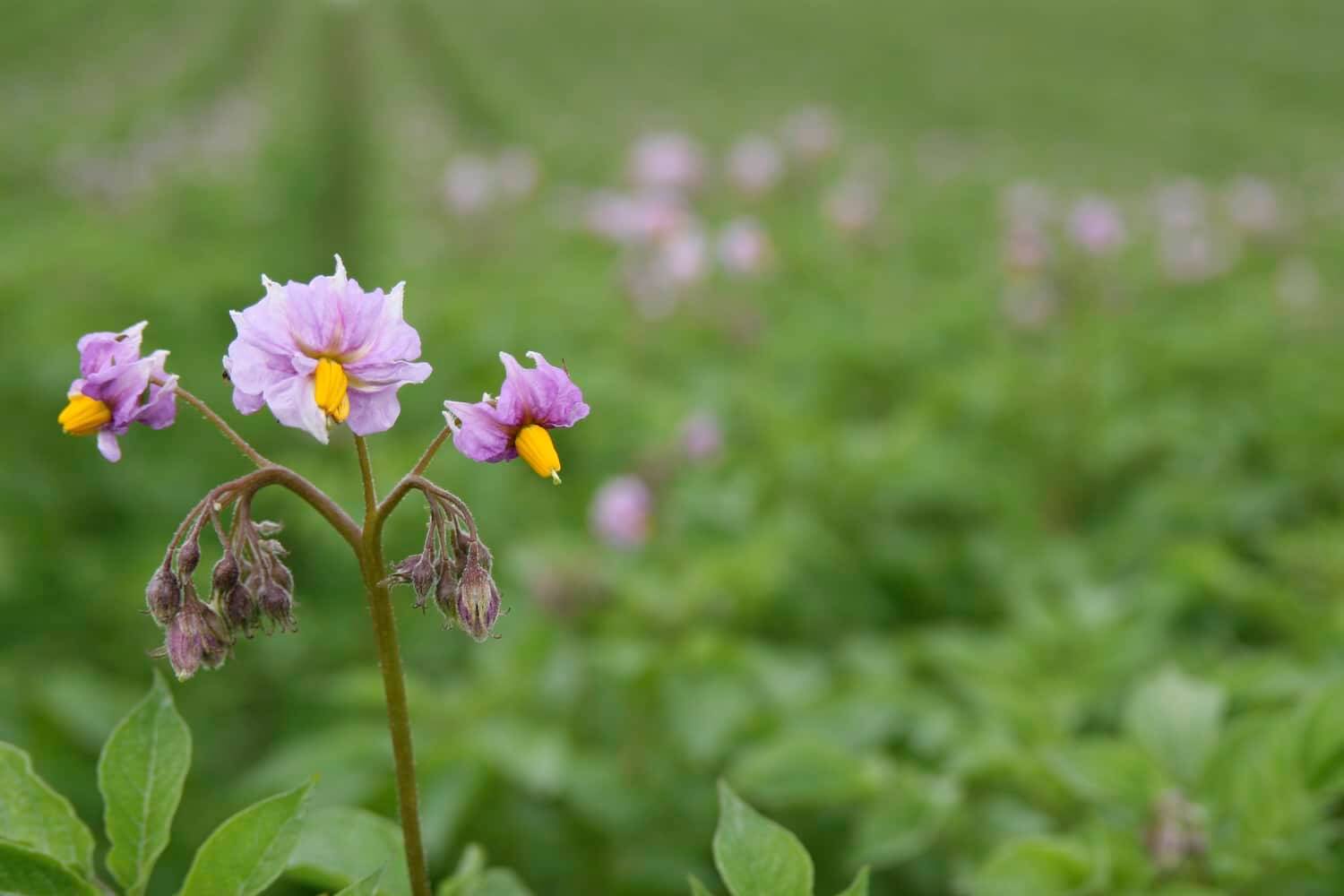
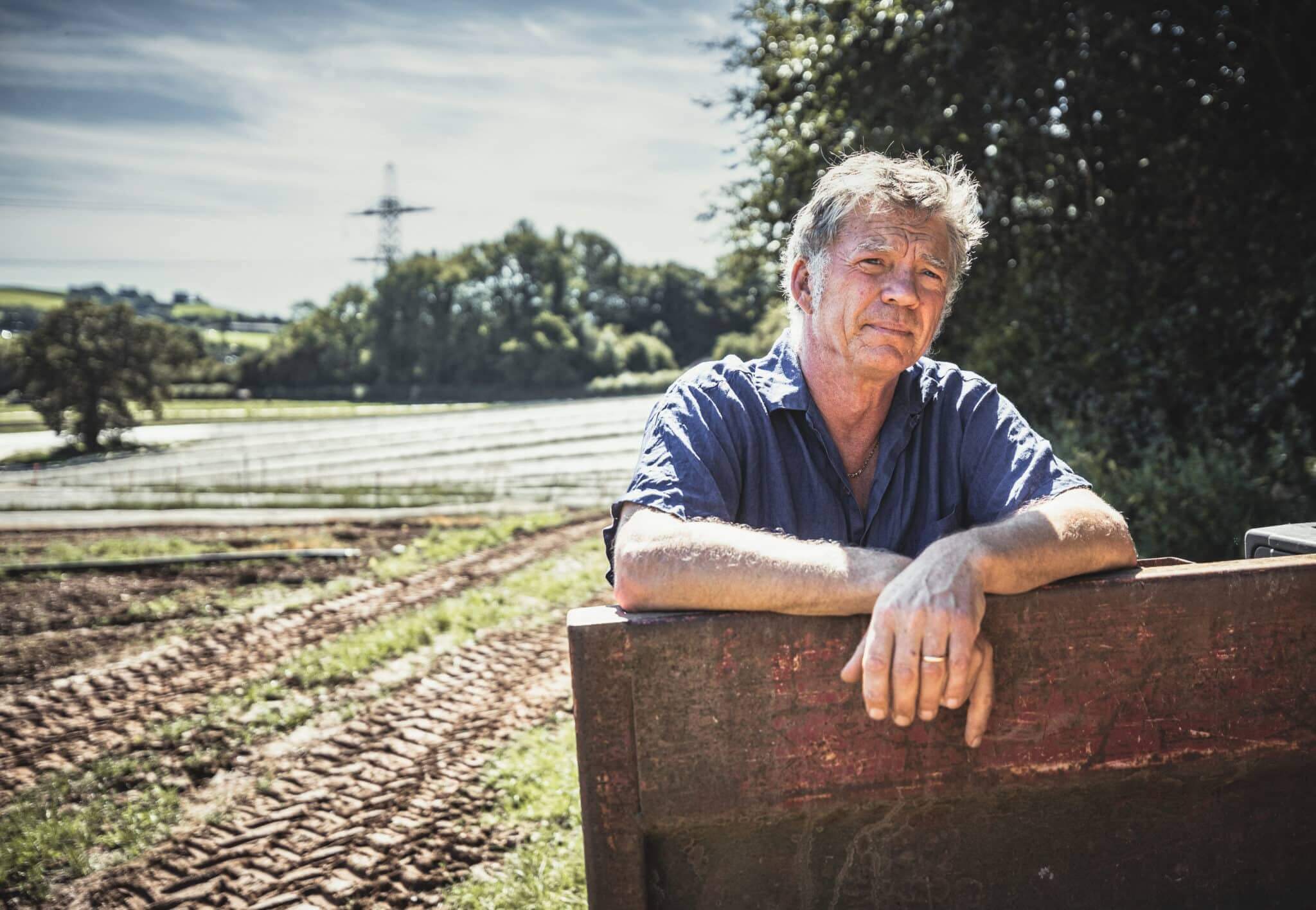
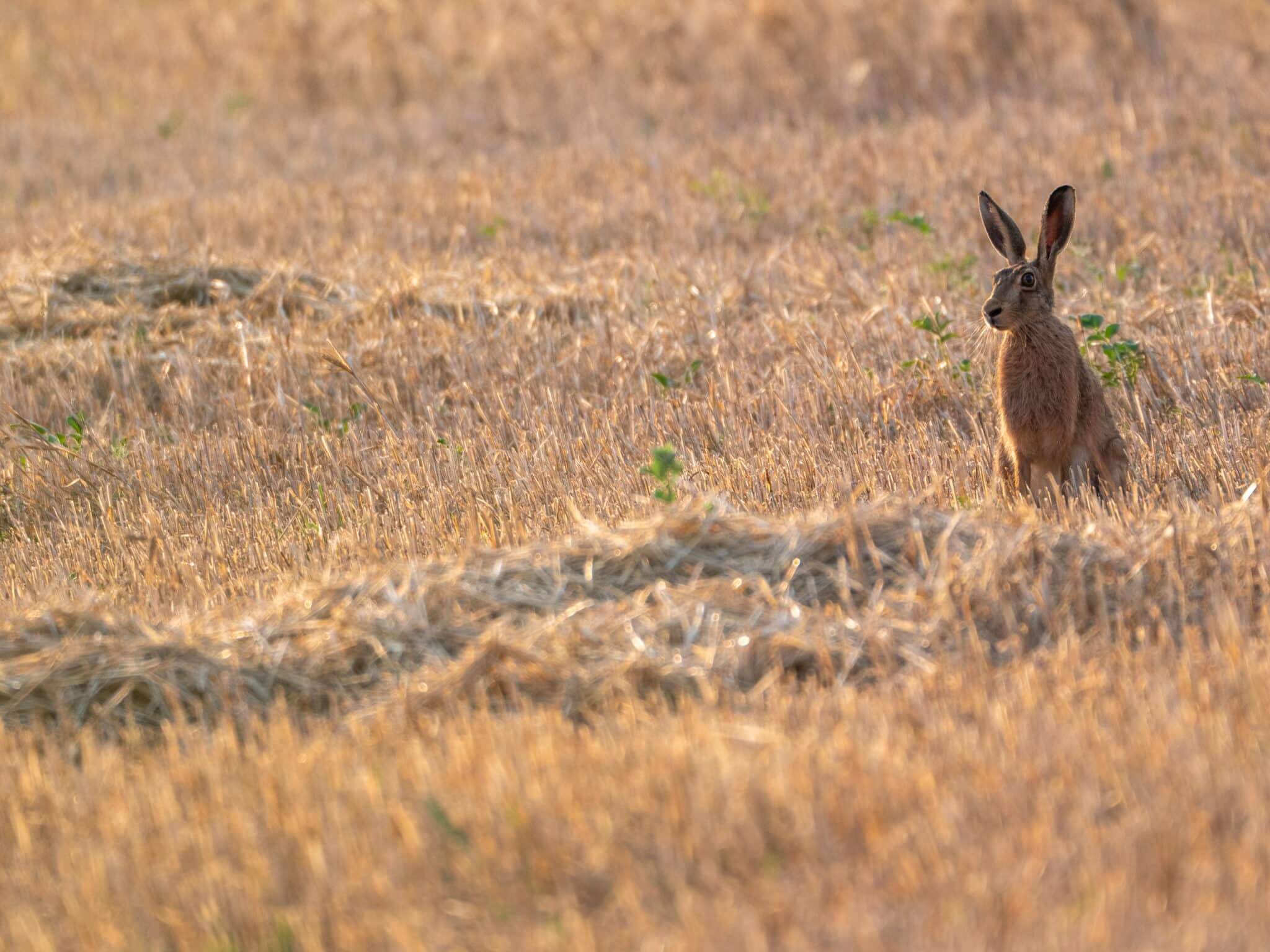

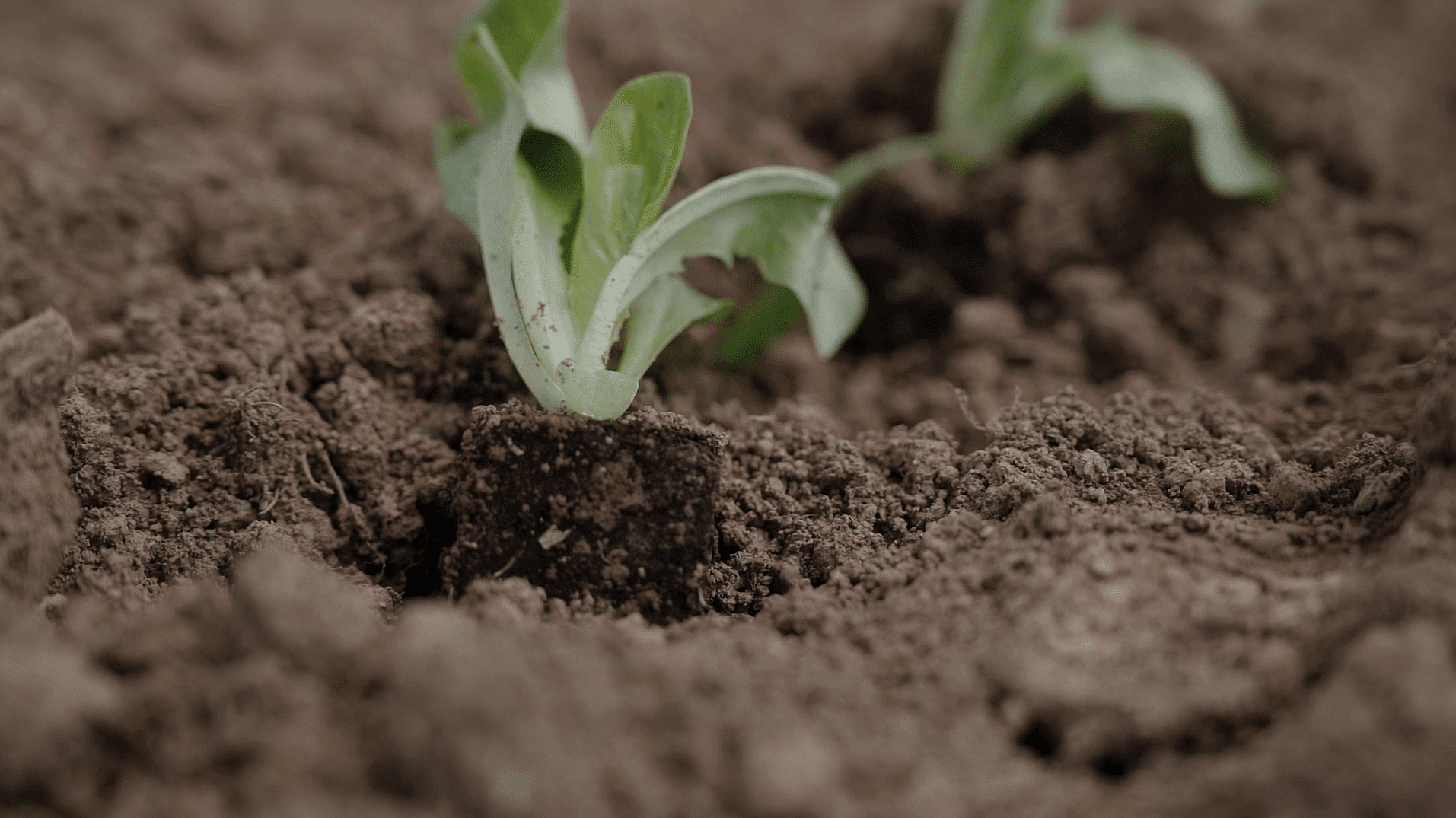
I find these discussions about the concrete aspects of how to reduce your carbon footprint fascinating. It’s great that you share the detail – which parts of your operation contribute how much to your total emissions, for example. Really fascinating to learn, and it means you can make reasoned decisions, rather than token gestures, to reduce your impact.
However, isn’t there a risk that you become so sucked into the task of reducing carbon emissions that you forget about other environmental and cultural impacts? For example cutting emissions from freighting in strawberries by instead putting up miles of plastic polytunnels, which presumably have plenty of non-carbon related environmental impacts (production, discarding, ecological impacts of covering swathes of land, etc), rather than using the land for things that grow more easily, seems counter-intuitive. Perhaps the carbon maths works out, but what about the other environmental aspects?
Also I find the concept of “net-zero” fundamentally misleading. Almost everything your business does will create some sort of carbon emissions. The only way you can reach net-zero is by doing stuff like planting lots of trees. But this works only if very few people are doing the same thing… if everyone decides to become net-zero by planting trees, we would be covering all our agricultural land with trees, land (and food) prices would shoot up, and eventually we would run out of land anyway. So it just feels like a game to make your carbon maths equation balance out in theory, whilst being unworkable on a mass-scale in practice. In short, it feels like a gimmick.
Maybe I am missing something in my reasoning and actually we should all be planting trees to carbon-neutralise everything we do in our lives. But for now I am very sceptical whenever I see the term “carbon-neutral” used to describe a business, whether it’s veg-growing or electricity generation! I think it’s better to be honest about a business’s environmental impact than trying to pretend you can be perfect, especially in Riverford’s case when you are so far ahead of the others anyway.
Delivering net zero GHG emissions is indeed an enormous challenge and yet one humanity has to address urgently to reverse the rapidly escalating environmental and human costs of climate change.
“The only way you can reach net-zero is by doing stuff like planting lots of trees.”
You make an important point. Most human activity incurs a carbon footprint. Rather than shutting down all non-essential, carbon intensive business, our Committee on Climate Change aims to balance residual carbon emissions with Carbon Capture and Storage and a vast tree planting programme, Unfortunately, the scale of CCS needed, not just to deliver the global net zero target, but to draw down the excess atmospheric GHGs required to stabilise the climate system in a state viable for human civilisation, is of the order of one trillion tonnes of CO2 equivalent, a substantial fraction of which must be removed this century.
Suffice to say, this represents an unprecedented human challenge. As Martin Rees of the Royal Society commented some years ago, no human industry on Earth has ever mined a natural resource on this scale. Clearly, the priority must be to curb GHG emissions as quickly as possible, rather than delay in the hope that CCS will come to our rescue.
‘Maybe I am missing something in my reasoning and actually we should all be planting trees to carbon-neutralise everything we do in our lives.”
Logic ought to dictate that humanity curbs all socioeconomic activity not essential to existence. This would minimise the need for CCS solutions. But it implies a return to much simpler, subsistence life styles based upon local production and consumption of a very limited range goods and services. Not a very palatable solution for the majority I suspect.
Probably not a very palatable solution for the majority maybe because we are such an urban population now. The UK has an urban population of 55.9 million and a rural one of 10.9% according to https://www.statista.com/statistics/984702/urban-and-rural-population-of-the-uk/.
Hard to envisage that sort of future when you live in a town or city, where production of excess and consumerism drives economic performance and might pay your bills.
Also I can imagine the powers at play are not so keen for people to spend less money and live off the land, how would they make money then?
I think you’re right, but there is a big paradigm shift necessary to return to simpler ways. Any ideas?